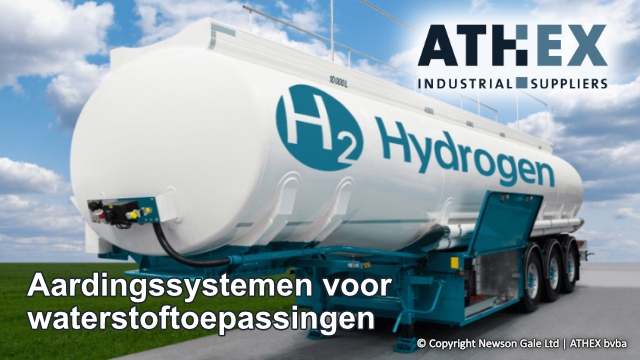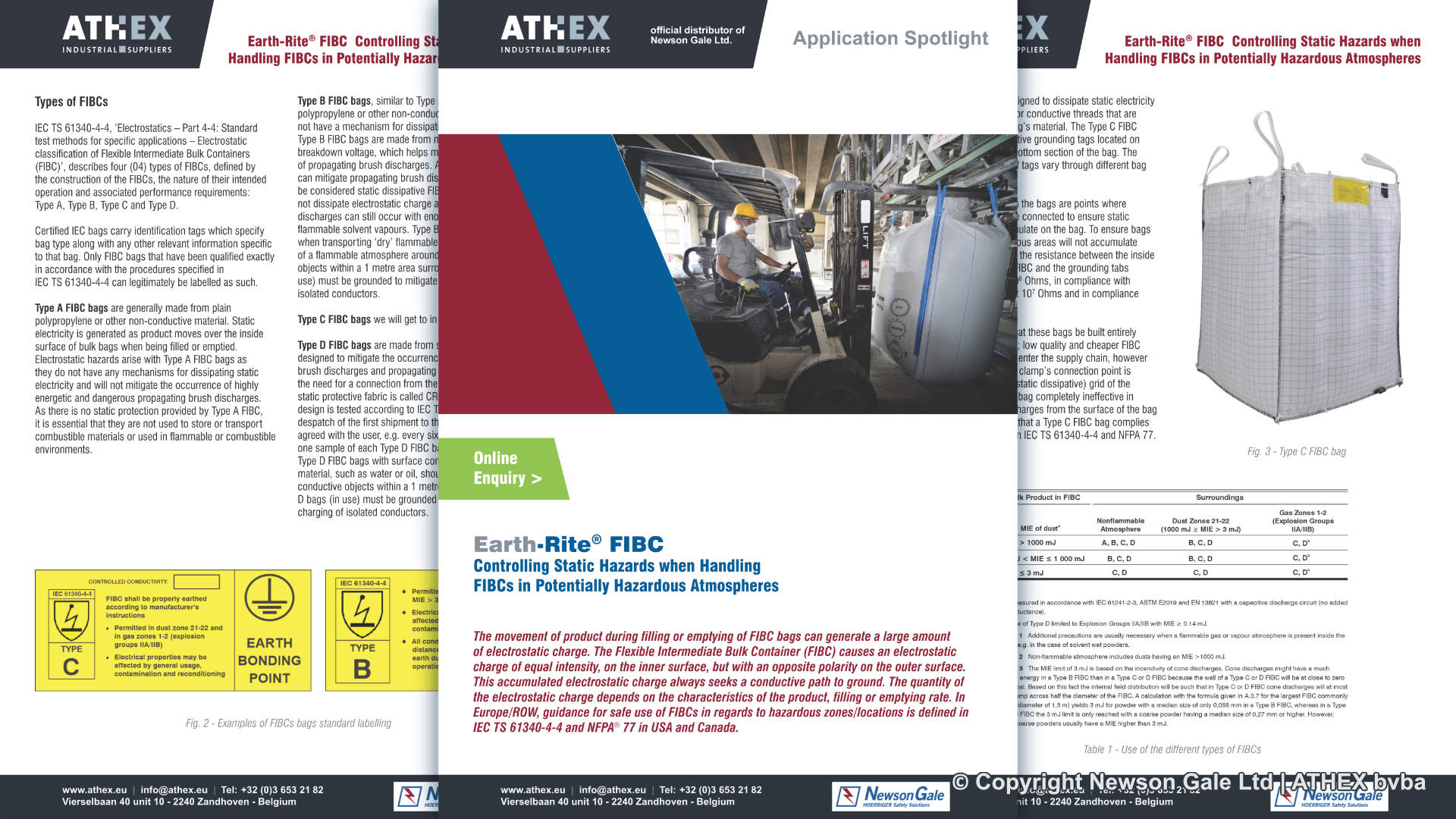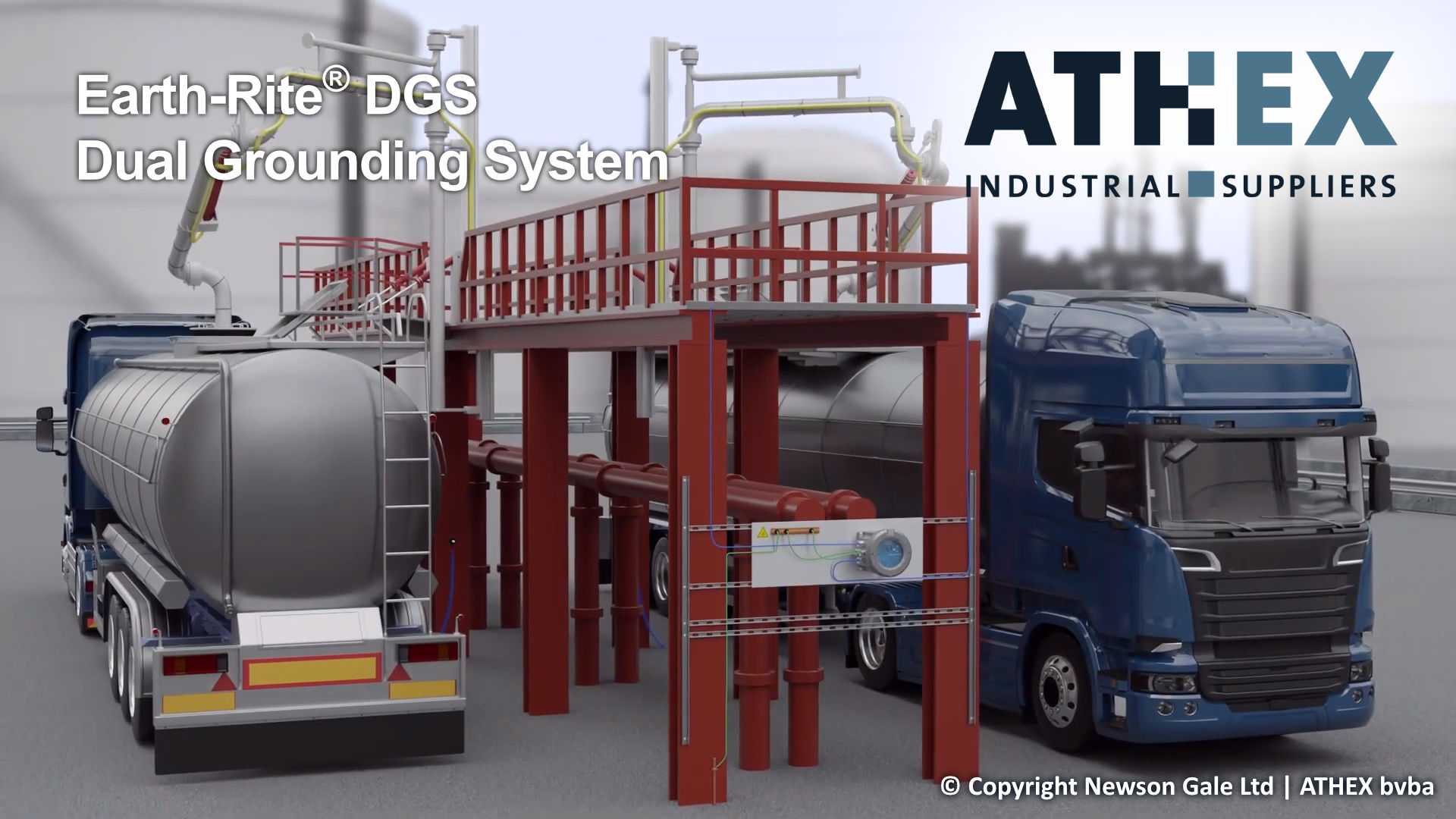Flame Arresters
A flame arrester is built up of a matrix of small uniform triangular passage openings. For each gas, a specific opening (i.e. MESG Maximum Experimental Safe Gap) is defined, which may stop any flame of the burning gas. Burning gas that enters the flame arrester is thus gradually cooled to below the flash point, which eventually extinguish the flame.
“Endurance Burning” – EN ISO 16852 (formerly EN 12874)
With the expression “endurance burning” is meant that the flame arrester can be used in situations where gasses/vapours near the flame arrester can burn continuously and/or a long time. With alcohol and/or gasoline mixtures (i.e. E-Diesel, Dieseloil, Etamax D,…) one takes this into account.
End of Line Flame Arresters
To avoid a flame propagation from outside (atmosphere) to the inside of systems (e.g. storage tanks, vessels) or in process plants, a flame arrester at the end of a vent line has to be installed.
End of line flame arresters protect the impact of atmospheric deflagration and prevent flame transmission to protect equipment.
In Line Deflagration & Detonation Flame Arresters
Deflagration is an explosive combustion of a substance. If a flame front travels in a pipeline, the speed at which it moves proportionally increase with the length of the pipe. Also the design of the pipe (e.g. curves, flexible pieces,…) have a major influence on the speed of the flame front.
If the speed remains subsonic, it is sufficient to use a deflagration flame arrester.
A detonation flame arrester must be used if the speed of the flame front can increase to a supersonic velocity, which is accompanied by a shock wave, which is also audible.
Please Contact us to discuss your project.









